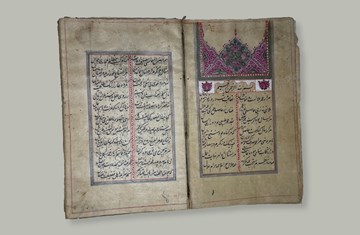IIS Scholar Speaks on Alhazen’s Perspectiva Tradition
This talk dealt with phenomenology of visual perception, and the question concerning the visibility of space. In his presentation, Dr El-Bizri explored the fundamental aspects of the optical and geometrical research of the Arab polymath, Alhazen (al-Hasan Ibn al-Haytham; d. ca. 1041 CE). A particular emphasis was placed on the principal elements of Alhazen’s revolutionising reform of the classical science of optics, and on his foundational methodology in scientific inquiry that combined mathematical demonstration with experimental verification.
The presentation was supplemented with a brief account of the adaptive assimilation of his oeuvre by mediaeval Franciscan scholars and the subsequent appropriation of his theories in the Renaissance, with the prolongation of the scientific influence of his work up to the seventeenth century. Another related aspect of this inquiry focused on the epistemic bearings of Alhazen’s geometrical conception of place as extension qua space in his Qawl fi al-makan (Discourse on Place) and his refutation of the Aristotelian definition of topos as argued in Book Delta of Aristotle’s Physics. This was further assessed in terms of reflecting on some of the ‘phenomenological’ dimensions that determined Alhazen’s affirmation of the visibility of spatial depth in his Optics, which were coherently commensurable with his ‘mathematization of place’.






